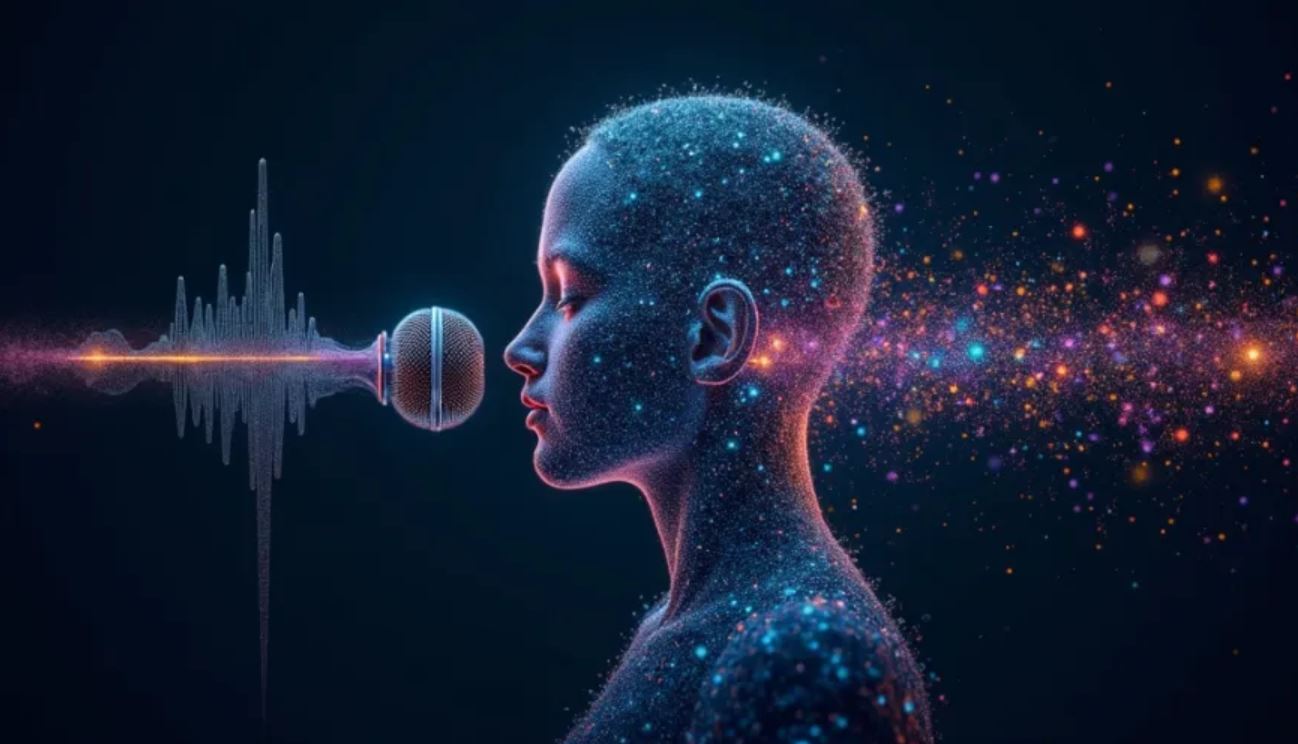 Voice interfaces are everywhere, yet many users with speech disabilities still experience barriers when interacting with technology. If you’ve ever felt frustrated when your voice isn’t recognised, you’ll understand the importance of making these systems more inclusive.
Voice interfaces are everywhere, yet many users with speech disabilities still experience barriers when interacting with technology. If you’ve ever felt frustrated when your voice isn’t recognised, you’ll understand the importance of making these systems more inclusive.
Recent improvements are built on transfer learning and synthetic speech innovations. By integrating nonstandard speech data, developers are training systems to recognise a broader range of speech patterns. This means that individuals with conditions such as cerebral palsy or ALS – whose voices can often be misinterpreted – are finally getting the support they need through deep learning and tailored data sets.
Generative AI is also stepping up, enabling the creation of synthetic voices from just a few vocal samples. Imagine having a personalised voice avatar that perfectly captures your unique sound. New platforms invite users to contribute their own speech patterns, enriching datasets for future inclusivity. Meanwhile, real‑time assistive voice augmentation refines speech input by adjusting emotional tone and context, helping you communicate with confidence and clarity.
For developers shaping the future of voice technology, incorporating accessibility from the start is essential. With over 1 billion people living with disabilities, it’s not only a smart market move but a moral one. By using explainable AI tools and embracing diverse data, we can create systems that don’t just understand speech but truly understand people.








